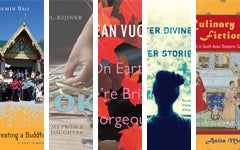
May is Asian American and Pacific Islander Heritage Month. This celebration of Asian and Pacific cultures was originally established by President Carter in 1979 as Asian/Pacific American Heritage Week. In 1990, Congress expanded the celebration to create Asian/Pacific American Heritage Month, and President Obama updated the name in 2009. This month, the Library invites you to participate by checking out some of the incredible titles by Asian American and Pacific Islander authors in our collection—all of which are available online.
Iep Jāltok: Poems from a Marshallese Daughter by Kathy Jetn̄il-Kijiner
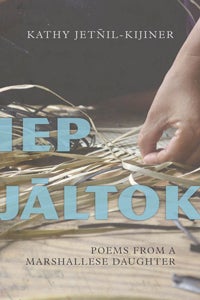
The first published book of poetry by a Marshallese author highlights the traumas of colonialism, racism, forced migration, nuclear testing, and climate change. Jetn̄il-Kijiner connects these themes and her work on the front lines of several activist movements to Marshallese daily life and tradition.
Culinary Fictions by Anita Mannur
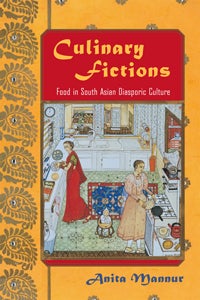
When an immigrant mother in Jhumpa Lahiri'’'s first novel, The Namesake, combines Rice Krispies, Planters peanuts, onions, salt, lemon juice, and green chili peppers to create a dish similar to one found on Calcutta sidewalks, it evokes not only the character’s Americanization, but also her nostalgia for India. Food often plays a role in how issues of race, class, gender, ethnicity, and national identity are imagined, as well as how notions of belonging are affirmed or resisted. Using texts from novels and cookbooks, Mannur illustrates how national identities can be consolidated in culinary terms.
Younger Generation Korean Experiences in the United States, edited by Pyong Gap Min and Thomas Chung
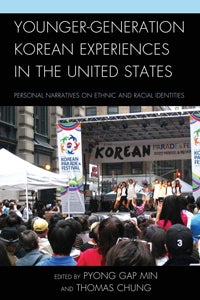
Personal essays by two cohorts of Korean Americans—the first who grew up in the 1960s and early 1970s, and the second who grew up in the 1980s and early 1990s—illustrate how those cohorts formed their ethnic identity. The essays explore retention of ethnic culture, participation in ethnic social networks, links to Korea and its global power and influence, and experiences with racial prejudice and discrimination.
Whiter: Asian American Women on Skin Color and Colorism, edited by Nikki Khanna

Thirty Asian American women from a variety of professions and backgrounds challenge the power of skin color in their lives in a series of first-hand essays.
The Confessions of a Number One Son by Frank Chin and Calvin McMillin
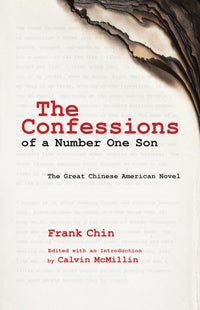
In the early 1970s, pioneering Chinese American playwright Frank Chin wrote a full-length novel that was never published and presumed lost. Almost 40 years later, a literary scholar discovered Chin’s original manuscripts and restored the "forgotten"”" novel based on Chin’s drafts. The novel follows Tam Lum as he flees San Francisco and a failed marriage for a quiet life on Maui. While there, however, he stumbles into a romance with a former nun, and develops a friendship with her father, a washed-up actor once famous for portraying Charlie Chan.
The Water Diviner and Other Stories by Ruvanee Pietersz Vilhauer

Sri Lankan immigrants face perspective-challenging, life-changing events in this collection of short stories. In these tales, a woman tries to resist a con artist in rural Wyoming in the depths of winter, a father must debate whether to expose his son's bully at a basketball game, and a tenant fights suspicion when her landlord is burgled.
On Earth We’re Briefly Gorgeous by Ocean Vuong
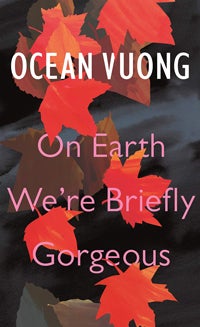
On Earth We're Briefly Gorgeous is a letter from a son to a mother who cannot read. Written when the speaker, Little Dog, is in his late twenties, the letter unearths a family's history that is rooted in Vietnam and serves as a doorway into parts of his life his mother has never known, all of it leading to an unforgettable revelation.
From Confinement to Containment: Japanese/American Arts During the Early Cold War by Edward Tang
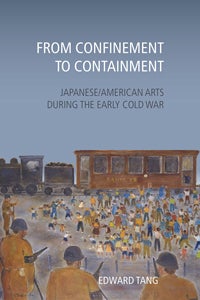
During the early Cold War, Japan emerged as an ally of the United States, and Japanese Americans were viewed as a "model minority." This book examines how the work of four Japanese American artists—novelist Hanama Tasaki, actor Yamaguchi Yoshiko, painter Henry Sugimoto, and children’s author Yoshiko Uchida—played into but also challenged postwar images of Japan and Japanese Americans.
Creating a Buddhist Community: A Thai Temple in Silicon Valley by Jiemin Bao
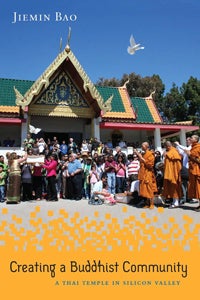
Founded in 1983, the Wat Thai Buddhist Temple in Silicon Valley has become a place for the community members to engage in spiritual and cultural practices. In Creating a Buddhist Community, Jiemin Bao shows how the Wat Thai participants practice Buddhism and rework gender relationships in the course of organizing temple space, teaching meditation, schooling children in Thai language and culture, merit making, fundraising, and celebrating festivals.
Traces of Trauma: Cambodian Visual Culture and National Identity in the Aftermath of Genocide by Boreth Ly
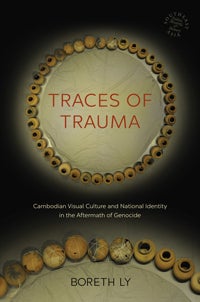
After the disasters of the American bombing, civil war, and the Khmer Rouge genocide, Cambodians confronted the challenge of continuing in the wake of incredible human loss and erasure of individual and institutional memory. In this book, author Boreth Ly explores the "traces" of this haunting past in order to understand how Cambodians at home and in the diasporas deal with trauma on such a vast scale.
